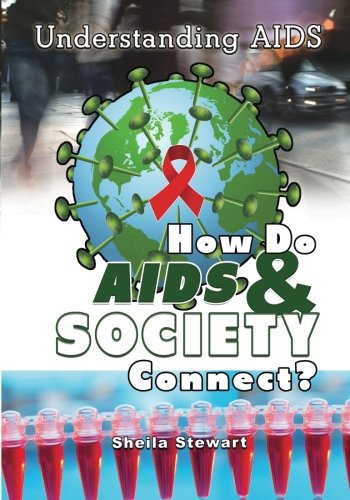-
Using Money
Gail Fay
Library Binding (Heinemann, July 1, 2011)This title takes a look at checking and savings accounts and the various ways that people use their money. V
V
-
Earning Money
Nick Hunter
Library Binding (Heinemann, July 1, 2011)How do we earn money? All types of industries and sectors are explored in this title, as well as how earning money has changed from past to present. V
V
-
New Understanding Physics for Advanced Level Fourth Edition
Jim Breithaupt
Paperback (Oxford University Press, Nov. 1, 2014)The fourth edition of this best-selling Student Book covers popular options including particle physics, relativity and quantum physics, materials and astronomy. Written with great clarity and extensively illustrated, hundreds of experiments are discussed and worked examples are presented throughout.
-
New Understanding Chemistry for Advanced Level Third Edition
Ted Lister, Janet Renshaw
Paperback (Oxford University Press, Nov. 1, 2014)Intended for AS-and A-Level Chemistry and related courses this book offers multiple choice questions for revision and examination questions for practice. It includes photographs and illustrations with 3D chemical structures, linked to an interactive CD-ROM.
-
Economies Around the World
Gail Fay
Paperback (Raintree, April 11, 2012)This series breaks down economics (money) for intermediate readers, using the traditional inquiry-based InfoSearch approach. The books will help readers understand how the US and UK governments work (in terms of economics), how other governments work, and much more.
-
Money through History
Lori McManus
Library Binding (Heinemann, July 1, 2011)This title explores how far money has come - from beads and conch shells to the currency that we use today. V
V
-
A Place in My Heart
Annette Aubrey
Hardcover (QEB Publishing, Jan. 7, 2007)These charming illustrated storybooks allow small children to get to grips withupsetting and bewildering situations that might be affecting them or people around them.Series features: Through rhyming stories, the author deals sensitively with the topics of divorce, adoption, bereavement and bullying, reassuring young readers that emotions they may be experiencing are normal’ and shared by others. Beautiful artwork supports rhyming stories. In line with PSHE criteria for Early Years. Thought-provoking notes for parents and teaches revisit each story and explore the characters’ behaviour. V
V
-
Understanding Art
McGraw-Hill Education
Hardcover (McGraw-Hill Education, March 22, 2004)A JOURNEY THROUGH THE STIMULATING HISTORY OF ART With this chronological/historical approach to art, your students will understand how historical, political, geographical, social, and religious events shape each culture's art and makes it unique. The traditions of Western Europe are examined along with those of China, Japan, India, Native America, and Africa.
-
The Rainbow Club: Bullying
Annette Aubrey
Hardcover (QED Publishing, a division of, March 15, 2007)None
-
Physics for Advanced Level: Course Study Guide
Jim Breithaupt
Loose Leaf (Nelson Thornes Ltd, )None
-
How Do AIDS & Society Connect? Understanding AIDS
Sheila Nelson
Paperback (Village Earth Press, )None
-
Floras Family
Annette Aubrey
Library Binding (QEB Publishing, Jan. 7, 2007)These charming illustrated storybooks allow small children to get to grips withupsetting and bewildering situations that might be affecting them or people around them.Series features: Through rhyming stories, the author deals sensitively with the topics of divorce, adoption, bereavement and bullying, reassuring young readers that emotions they may be experiencing are normal’ and shared by others. Beautiful artwork supports rhyming stories. In line with PSHE criteria for Early Years. Thought-provoking notes for parents and teaches revisit each story and explore the characters’ behaviour. L
L